Activity Content Sections
Instructions
Relevant Terminology
Buoyancy: An object’s ability to float in water or other fluid.
Density: How much something weighs compared to how big it is—or, an object’s mass per unit volume. Something big and light, like a balloon, has low density. Something small and heavy, like a rock, has high density.

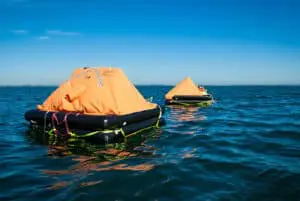
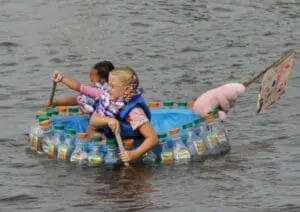
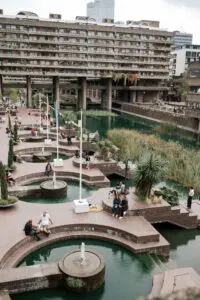
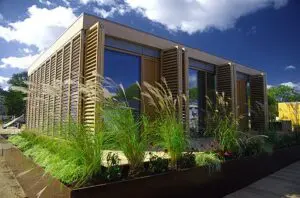

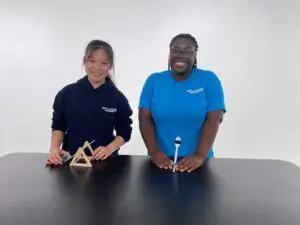

40 Comments